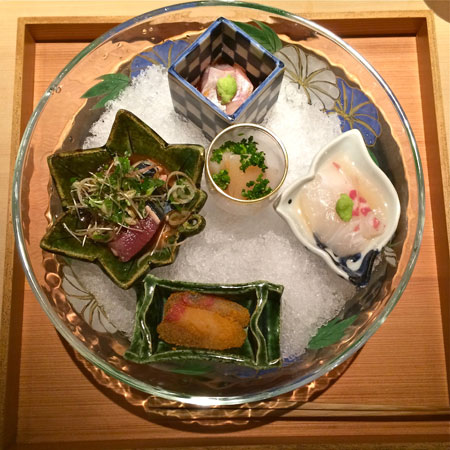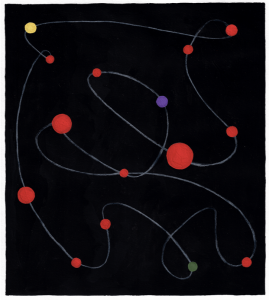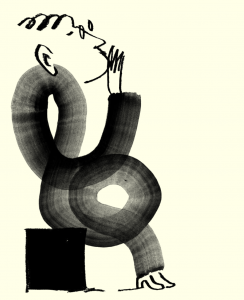Author and Japanophile Sophie Richard shares some of the nuanced ways the Japanese have learned to stay cool during their oppressively hot summers
 Summers in Japan are hot, humid and sticky and the Japanese have ways to keep cool body and mind. In turn poetic, surprising or delicious, many of their summertime mores are ingenious. The season-long fight against the thermometer is pervasive, from deodorising body wipes kept in fridges to wind chimes, whose tickling sound is thought to be refreshing, and it even enters museums.
Summers in Japan are hot, humid and sticky and the Japanese have ways to keep cool body and mind. In turn poetic, surprising or delicious, many of their summertime mores are ingenious. The season-long fight against the thermometer is pervasive, from deodorising body wipes kept in fridges to wind chimes, whose tickling sound is thought to be refreshing, and it even enters museums.
At the Nezu Museum in Tokyo for example, their exhibition opening later this month is called Cool and Breezy. Through one of their ever-elegant displays, the curators will conjure a sense of coolness with paintings and ceramics. Gushing waterfalls on a hanging scroll dated 1480, a monk’s garments fluttering in the wind and swooping swallows on 16th century ink paintings should help visitors feel a sense of respite from the sultry heat outside. Colours are also believed to bring cooling sensations, in particular blue and its contrast against the white background of porcelain.
One of the many charms of museums in Japan is that, beyond looking at works of art on a wall, they allow a glimpse into the country’s customs. Among them, a particularly enjoyable one, which was the theme of an exhibition last year in Tokyo, has to do with summer and ghosts. What did people do to keep cool before the advent of air conditioning? Maybe they would tell each other ghosts stories. The thrill of a good tale would make you shiver and send chills down your spine. Hokusai the great ukiyoe (woodblock print) artist knew this when he created his series One Hundred Ghost Tales in 1831. The ghost of a murdered maidservant returning night after night; the skeleton of a cuckolded husband pulling with his bony fingers the mosquito net protecting his wife and her lover: spine-tingling creatures tell stories of lust and revenge. And even though these scenes are macabre, there is always a dose of playfulness in Hokusai’s designs – this dimension is often present in Japanese art whose artists relish visual puns or play on words.
But the palate has to stay cool too, as chefs know when they serve an assortment of sashimi on shaved ice or when they lightly spray dishes and plates with a few drops of water before serving: the cool reflection of a few droplets against black lacquer or silver is beautiful and refreshing. Upon arrival at a traditional restaurant for a kaiseki (a formal meal), you may find that the entrance has been splashed with water too: paving stones are shimmering attractively and the temperature lowered by a couple of degrees. In these days of energy savings following the 2011 earthquake and tsunami, air conditioners are used less and classic cool down methods help beat the heat.
Sophie Richard is the author of The Art Lover’s Guide to Japanese Museums. Click for more information on the book and to read our review




